Last Updated on August 5, 2021

Many judge Christopher Nolan (THE DARK KNIGHT RISES) to be one of the more intelligent filmmakers working in the business today. It’s not hard to see why, as there’s always been clarity of intent, vision, and ideas in every one of his films. So when the man sits down to share his thoughts on the craft of film and the tools used to create them, it’s worth checking out.
Below we have excerpts from a recent DGA interview conducted with Nolan, where he discusses among other things his preference for film over digital (and what he’s doing to insure it remains a real choice for filmmakers), his thoughts on the uses of CGI, and of course, 3D.
On film vs. digital: “For the last 10 years, I’ve felt increasing pressure to stop shooting film and start shooting video, but I’ve never understood why. It’s cheaper to work on film, it’s far better looking, it’s the technology that’s been known and understood for a hundred years, and it’s extremely reliable. I think, truthfully, it boils down to the economic interest of manufacturers and [a production] industry that makes more money through change rather than through maintaining the status quo. We save a lot of money shooting on film and projecting film and not doing digital intermediates. In fact, I’ve never done a digital intermediate. Photochemically, you can time film with a good timer in three or four passes, which takes about 12 to 14 hours as opposed to seven or eight weeks in a DI suite. That’s the way everyone was doing it 10 years ago, and I’ve just carried on making films in the way that works best and waiting until there’s a good reason to change. But I haven’t seen that reason yet.”
On preserving film as a viable shooting option: “I’ve kept my mouth shut about this for a long time and it’s fine that everyone has a choice, but for me the choice is in real danger of disappearing. So right before Christmas I brought some filmmakers together [which included Edgar Wright, Joe Dante, Michael Bay, and Bryan Singer to name a few] and showed them the prologue for The Dark Knight Rises that we shot on IMAX film, then cut from the original negative and printed. I wanted to give them a chance to see the potential, because I think IMAX is the best film format that was ever invented. It’s the gold standard and what any other technology has to match up to, but none have, in my opinion. The message I wanted to put out there was that no one is taking anyone’s digital cameras away. But if we want film to continue as an option, and someone is working on a big studio movie with the resources and the power to insist [on] film, they should say so. I felt as if I didn’t say anything, and then we started to lose that option, it would be a shame. When I look at a digitally acquired and projected image, it looks inferior against an original negative anamorphic print or an IMAX one.”
On his approach to CGI: “The thing with computer-generated imagery is that it’s an incredibly powerful tool for making better visual effects. But I believe in an absolute difference between animation and photography. However sophisticated your computer-generated imagery is, if it’s been created from no physical elements and you haven’t shot anything, it’s going to feel like animation. There are usually two different goals in a visual effects movie. One is to fool the audience into seeing something seamless, and that’s how I try to use it. The other is to impress the audience with the amount of money spent on the spectacle of the visual effect, and that, I have no interest in.”
On his disinterest in 3D: “Warner Bros. would have been very happy [to shoot THE DARK KNIGHT RISES in 3-D], but I said to the guys there that I wanted it to be stylistically consistent with the first two films and we were really going to push the IMAX thing to create a very high-quality image. I find stereoscopic imaging too small scale and intimate in its effect. 3-D is a misnomer. Films are 3-D. The whole point of photography is that it’s three-dimensional. The thing with stereoscopic imaging is it gives each audience member an individual perspective. It’s well suited to video games and other immersive technologies, but if you’re looking for an audience experience, stereoscopic is hard to embrace. I prefer the big canvas, looking up at an enormous screen and at an image that feels larger than life. When you treat that stereoscopically, and we’ve tried a lot of tests, you shrink the size so the image becomes a much smaller window in front of you.”
You can read the entire fascinating DGA interview with Nolan RIGHT HERE where he goes into detail on everything from how he works with his actors to how he’s never done reshoots for one of his films.








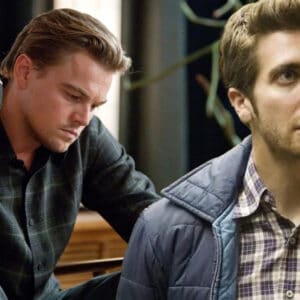
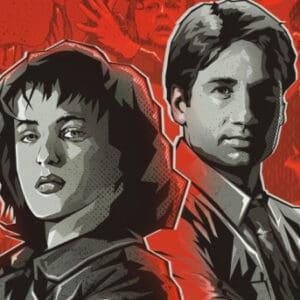
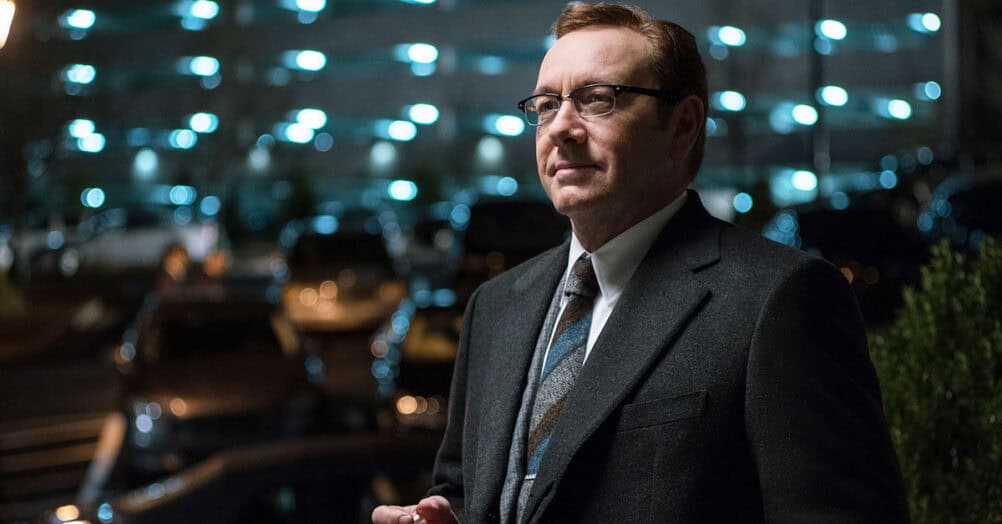


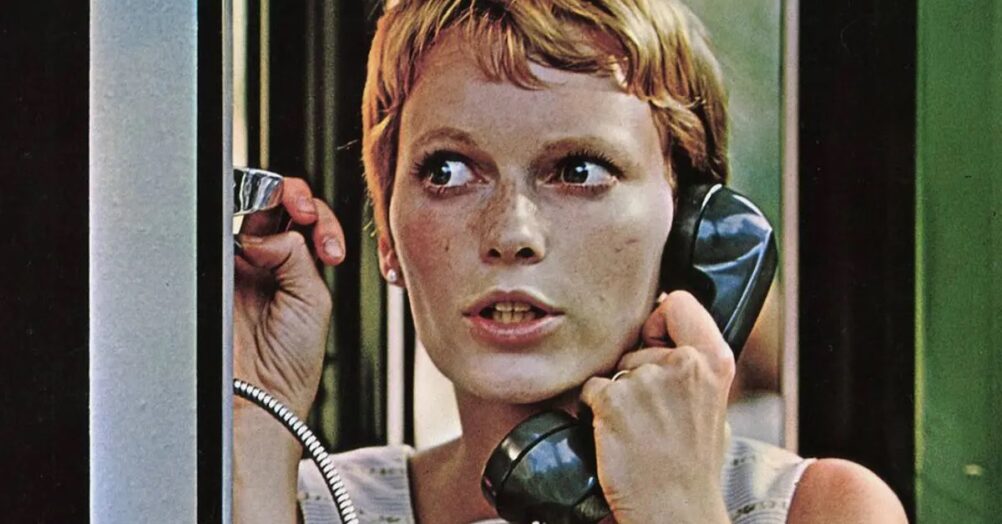
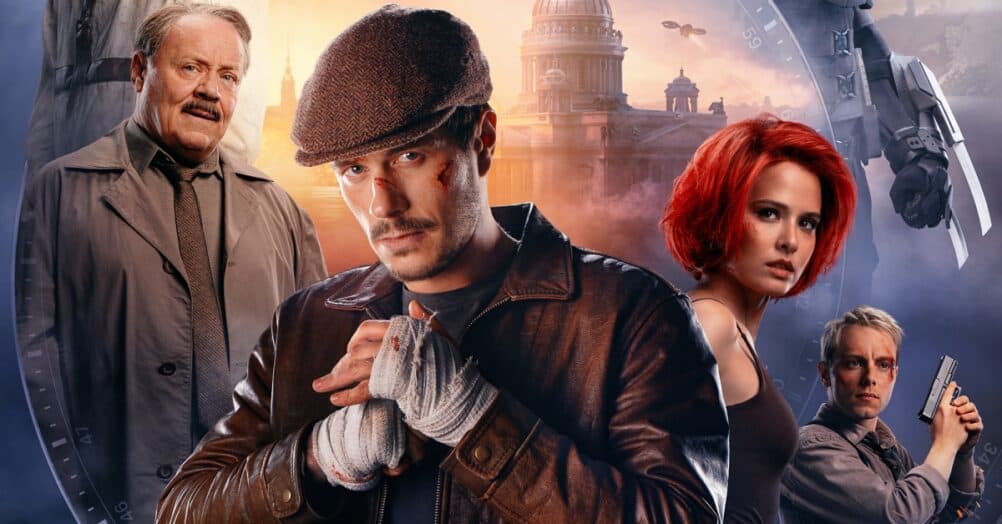
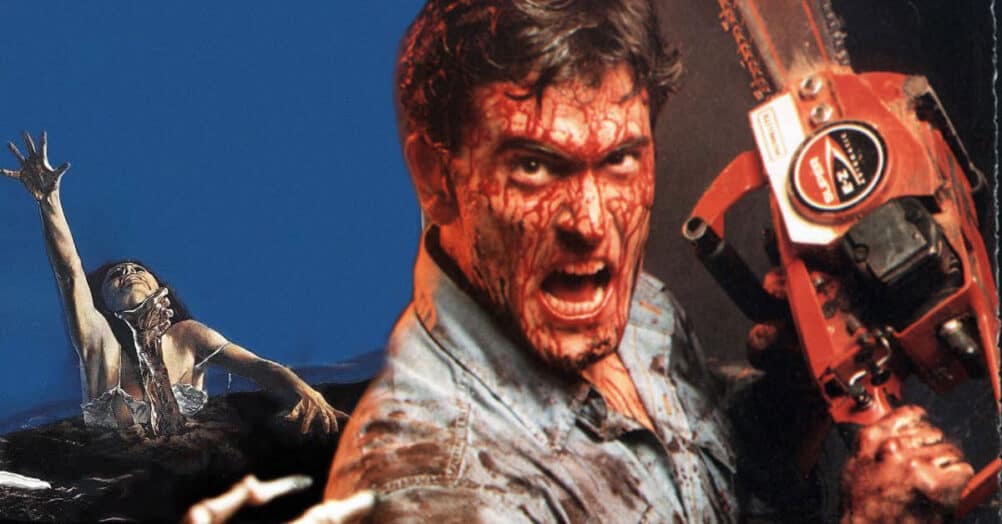

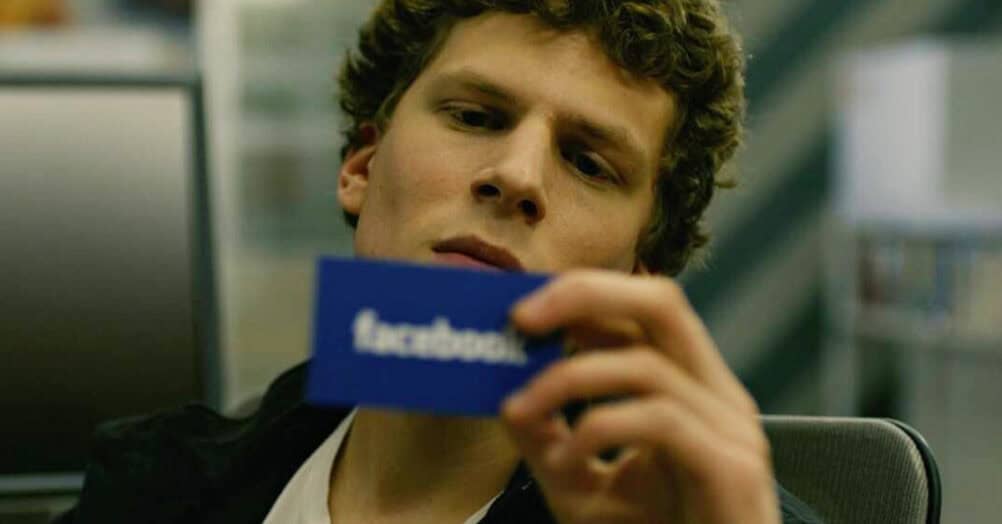
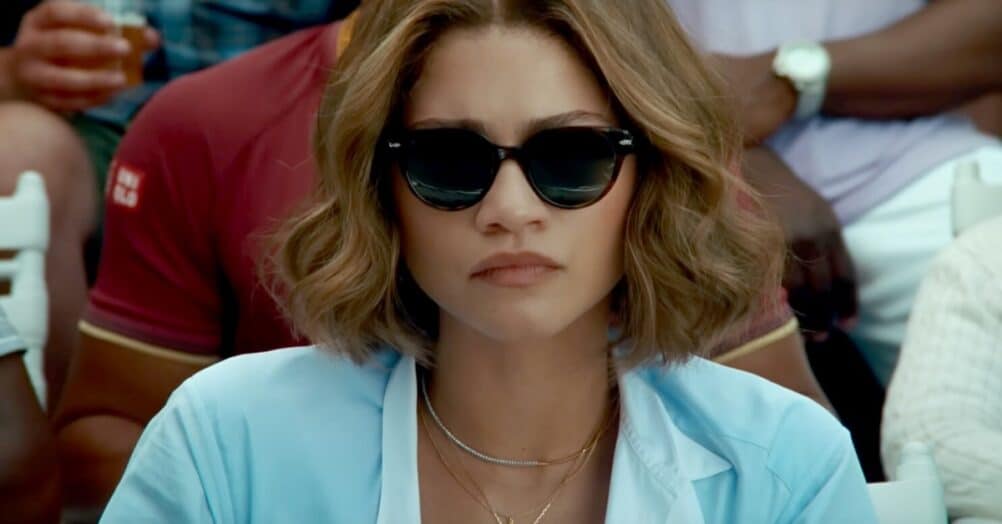
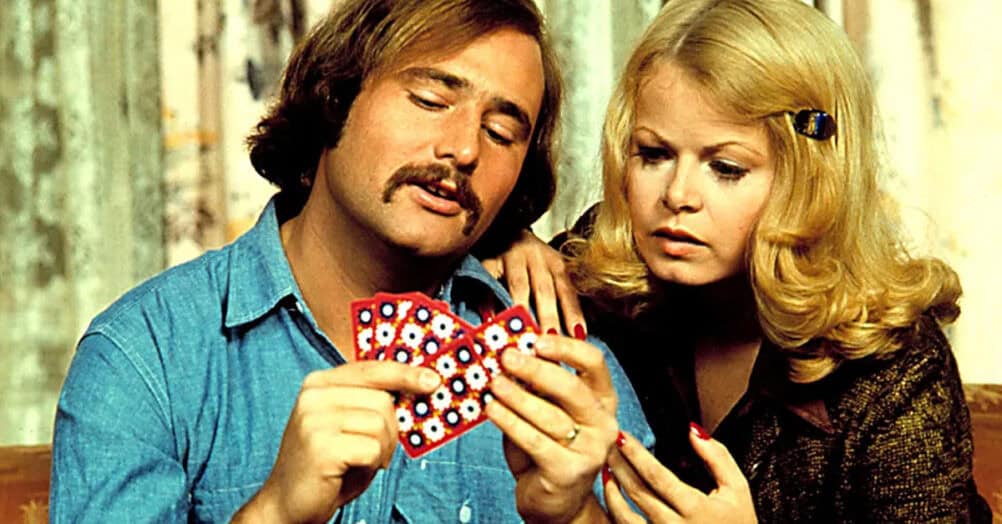
Follow the JOBLO MOVIE NETWORK
Follow us on YOUTUBE
Follow ARROW IN THE HEAD
Follow AITH on YOUTUBE